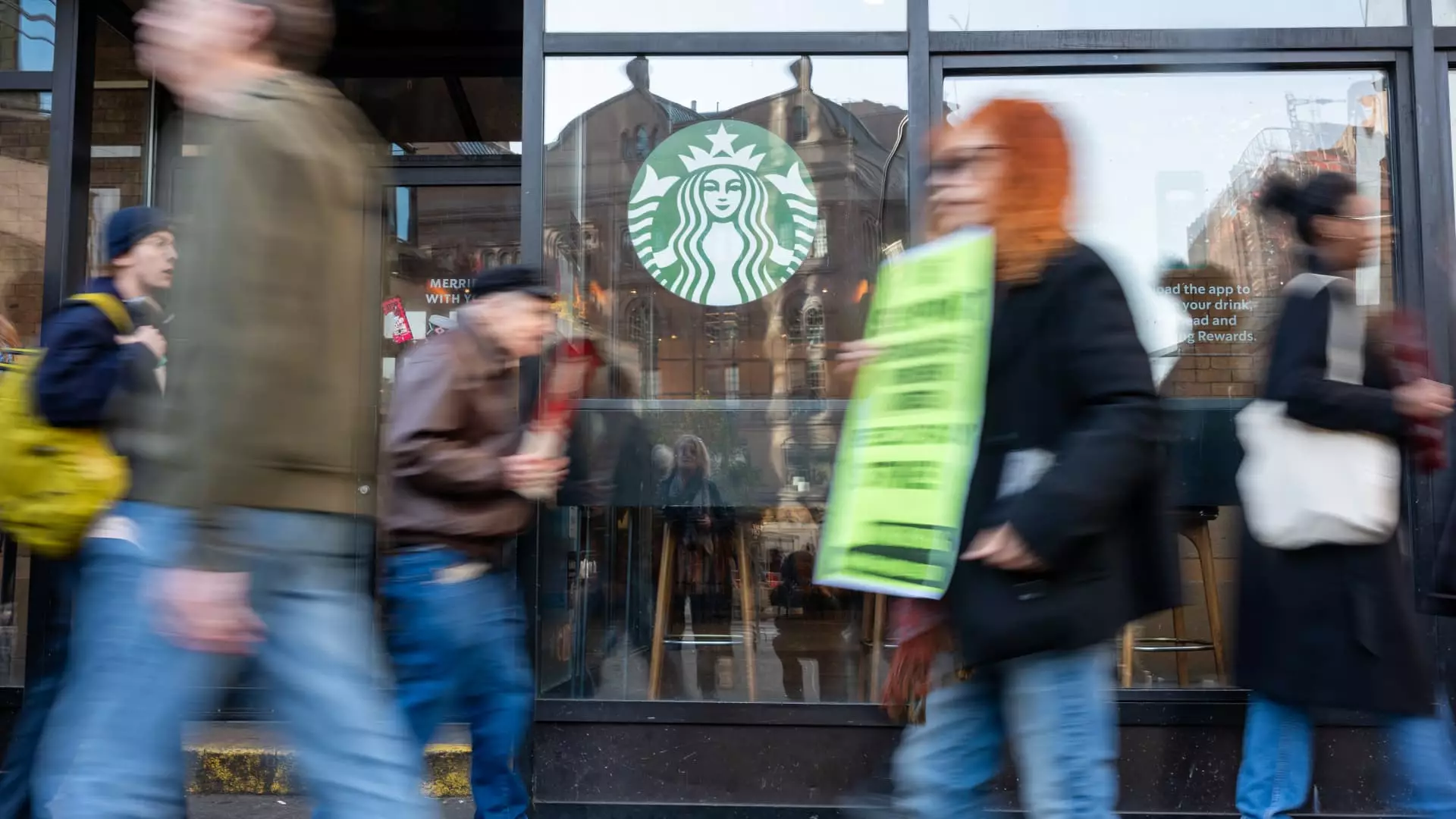Starbucks is currently facing some significant challenges in its operations. The recent quarterly report showed a decline in U.S. same-store sales and a decrease in foot traffic. This has led to the company revising its forecast for the future. CEO Laxman Narasimhan acknowledged that the current consumer environment is more cautious when it comes to spending. Additionally, he mentioned the need for improvements in stores to address troubling trends.
These challenges have had an impact on Starbucks workers, particularly those who are part of the baristas union. The union has been pushing for better working conditions, which has been highlighted by the CEO’s acknowledgment of the need for improvements. The focus is on creating a more stable work environment for partners through investments in equipment innovation, process improvements, staffing, scheduling, and waste reduction.
The union organizing efforts began nearly three years ago in Buffalo, New York, under the leadership of then-CEO Kevin Johnson. Baristas, inspired by their experiences during the Covid-19 pandemic, have been advocating for changes in the company’s cafes. After more than 430 unionized stores and two chief executives, progress has been made in contract bargaining. Both Starbucks and the union have been working on a framework to inform future contracts for individual stores.
Worker Priorities
In internal surveys and bargaining committee meetings, partners consistently rank “staffing and scheduling” as their top priority issue. They report frequently working short-staffed, and a majority of partners feel they are getting scheduled for fewer hours than they want or need. The union has also been pushing for better pay and benefits. Starbucks claims to have made significant progress in staffing and scheduling over the past two years through an advanced staffing model.
Looking ahead, Starbucks plans to open its mobile order and pay app to non-rewards members to win back occasional customers. The company is also introducing the Siren System, which includes new equipment and protocol to reduce customer ticket times. This system, which will reach 1,000 stores in July, aims to improve efficiency in serving customers. Former CEO Howard Schultz has also emphasized the need for management to spend more time with workers to understand ongoing challenges.
Starbucks and its baristas union are facing challenges that need to be addressed through collaboration and innovation. By investing in equipment, processes, staffing, and communication, Starbucks can create a more satisfying work environment for its partners. The focus on improving staffing and scheduling, along with introducing new systems like the Siren System, will help address the issues raised by the union. It is essential for Starbucks to listen to its workers and work towards solutions that benefit both the company and its employees.

